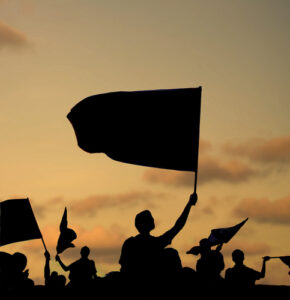 During the tumultuous history of the 20th century, nations have been dissolved and created. In the latter instance, dance has been utilized to create and to critique national identity. In The Body of the People, Jens Richard Giersdorf examines these dual functions during the brief existence (1949-1989) of the socialist German Democratic Republic (GDR).
During the tumultuous history of the 20th century, nations have been dissolved and created. In the latter instance, dance has been utilized to create and to critique national identity. In The Body of the People, Jens Richard Giersdorf examines these dual functions during the brief existence (1949-1989) of the socialist German Democratic Republic (GDR).
Giersdorf argues that dance in the GDR “is one of the few cases in recent times of dance being purposefully utilized for the establishment of a distinct national identity at all levels of artistic practice and social discourse.”
While Giersdorf notes that there are instances of the utilization of dance for indoctrination by the East German officials, there are other instances in which “citizens tapped into choreography’s constructive potential to respond to state power.”
Perhaps this is the month to remember that dance, like the god Janus, represents the middle ground between dualities, such as constraint/freedom, utopia/dystopia, past/future.
